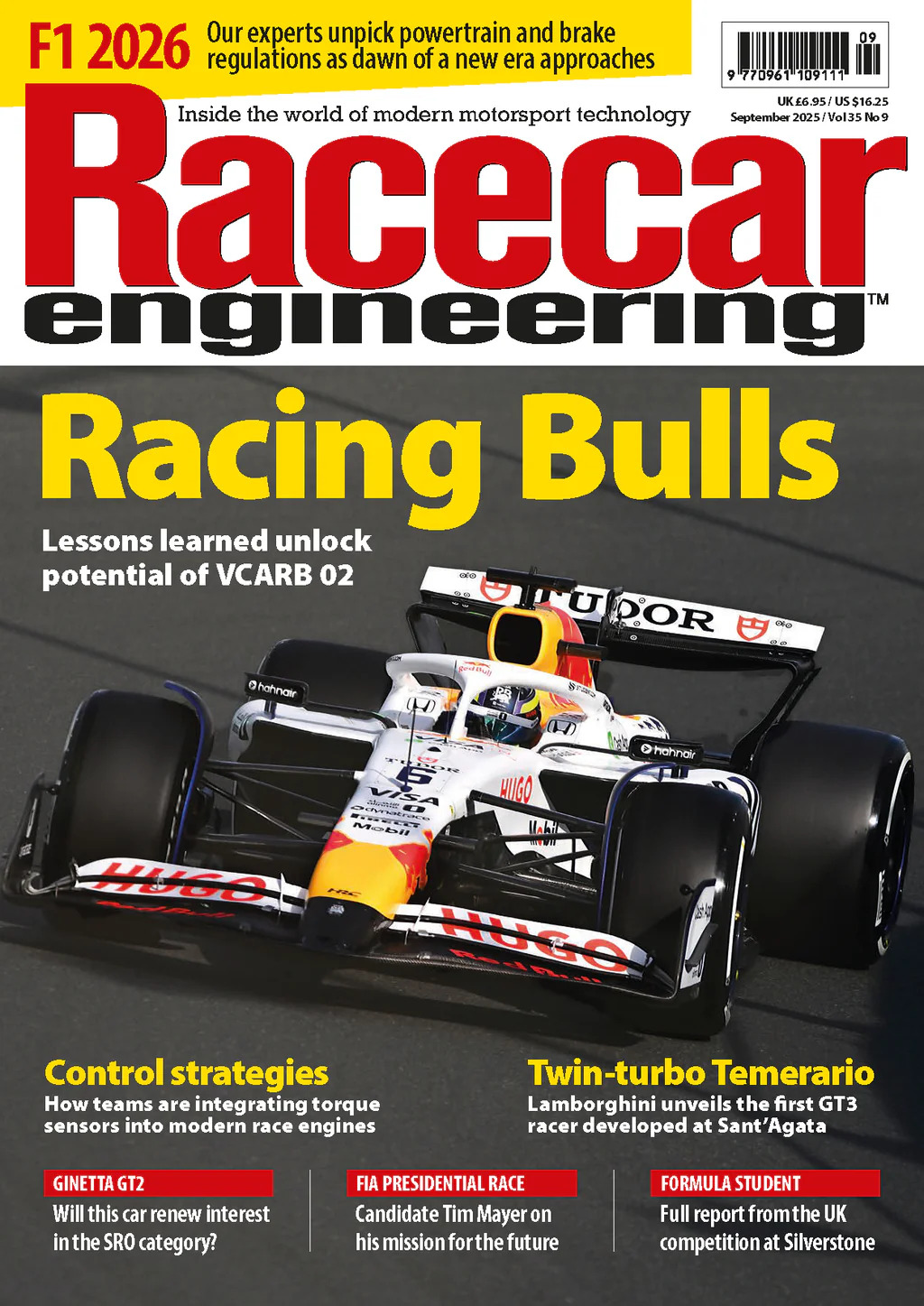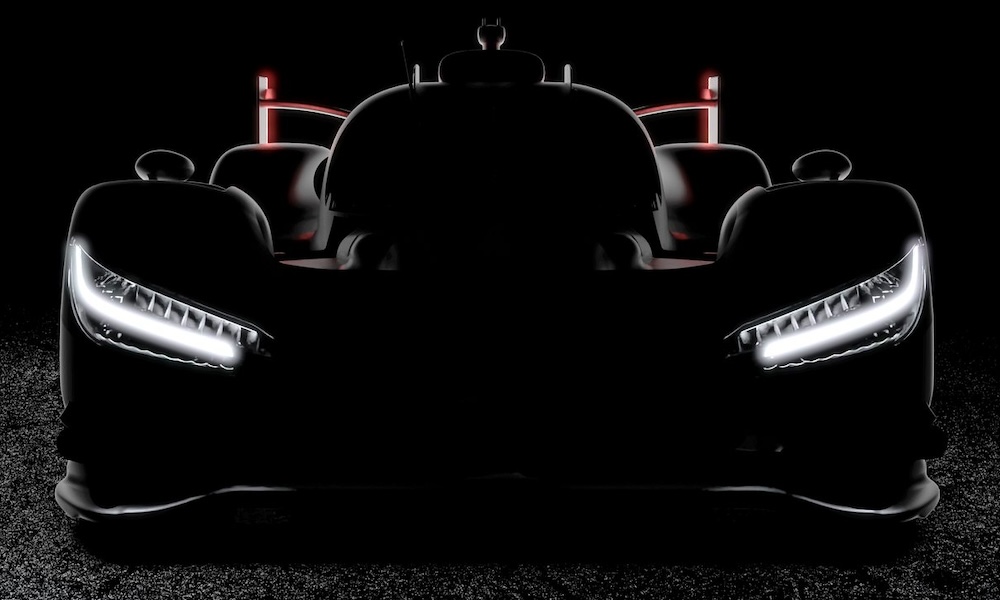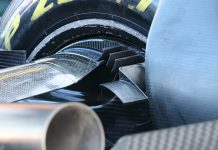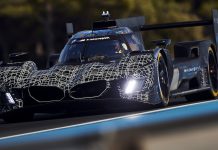Toyota has teased an updated version of its GR010 Hybrid that races in the FIA World Endurance Championship (comparison shots below).
The Japanese manufacturer introduced its LMH-spec car in 2021, the first year of the current Hypercar rule set that has featured both LMH and LMDh cars since 2023.
A stalwart of the preceding LMP1 era, Toyota won the first four Hypercar world titles for teams and manufacturers, but has faced increasingly tough opposition from rival brands.
Its run of five consecutive 24 Hours of Le Mans victories (extending back to the LMP1 days) was interrupted by Ferrari in 2023. The Italian marque has now won the famous endurance race three times in a row.
Toyota has struggled during the 2025 WEC season, which concludes at Bahrain International Circuit in November.
The team’s best result of the year so far has been fourth at the 6 Hours of Spa-Francorchamps. It currently sits fourth in the manufacturers’ standings.
Toyota has defended its operational capabilities, in terms of pit stop performance and race strategy.
‘For sure, the competition is getting tighter,’ said Toyota’s WEC technical director David Floury.
‘But, if you look at where we were in terms of pure performance at the start of the season, and where we finished in Qatar, Imola and Spa, and the fact that in at least two out of the three races we had by far the best execution of the race in the pit lane…
‘But that is what you can extract when you put everything together on the race weekend, and we could not extract more.’
For more about Toyota’s struggles in the 2025 WEC, check out the November issue of Racecar Engineering magazine. Subscribe today!
This sentiment of operational satisfaction begs the question of why else Toyota has been having a tough time in the WEC of late.
The manufacturer is knbown to be sceptical about the WEC’s current Balance of Performance system, which seeks to ensure parity between the Hypercar manufacturers.
For instance, the LMH cars can only deploy energy from their front axle hybrid systems above a certain speed, whereas LMDh cars have greater freedom on when they can deploy from their spec rear axle system.
It remains to be seen if the BoP methodology will undergo further revision, or if the LMH and LMDh rule sets will coalesce into a single platform.
In the meantime, Toyota is clearly investigating what else it can extract from a car package that has received few updates since its 2021 debut.
Manufacturers are restricted in the number of performance-related updates (called ‘evo jokers’ in regulatory parlance) they can make for reasons of cost control.
Up to five jokers may be permitted during a car’s five-season homologation period, and these must be approved by WEC organisers the FIA and ACO.
The early renders of the new-look Toyota show some interesting changes, although much of the car is obscured, notably the nose section.
The headlights are new and have a linear profile that wraps around the wheel arch more than their predecessors.
From a side profile (second image), the current GR010 and its updated version look similar, although the rear endplate shape is slightly different.
The rear angle shot (third image) highlights a revised rear wing, which rises at the outboard connection to the mainplane, rather than having a constant elevation.
It also looks like the bodywork channels on either side of the cockpit are wider on the updated version. Notably, the diffuser is obscured from view in the renders.
Such modifications won’t be confirmed until Toyota reveals its 2026 WEC challenger.
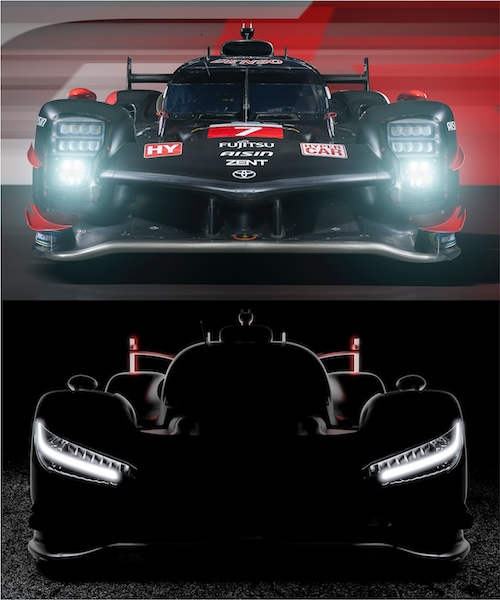
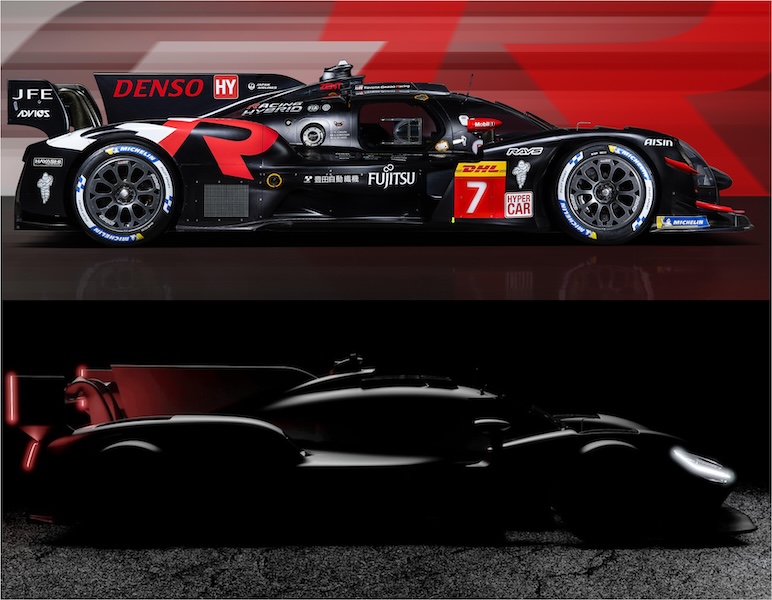
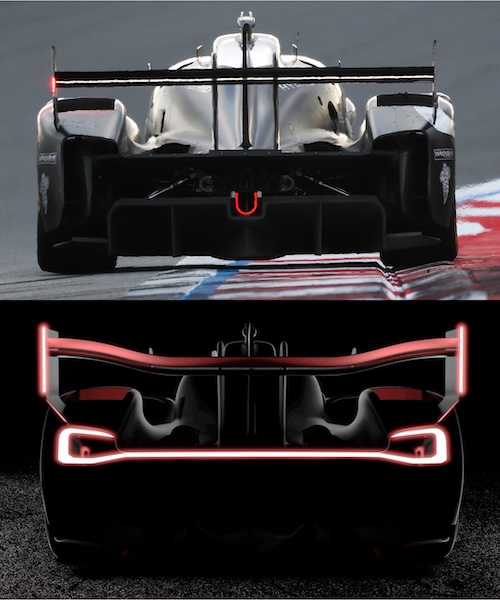
Toyota is not the only Hypercar manufacturer looking to improve its car.
BMW has also been busy developing aerodynamic updates to its LMDh car, the M Hybrid V8, which have been tested on track.
